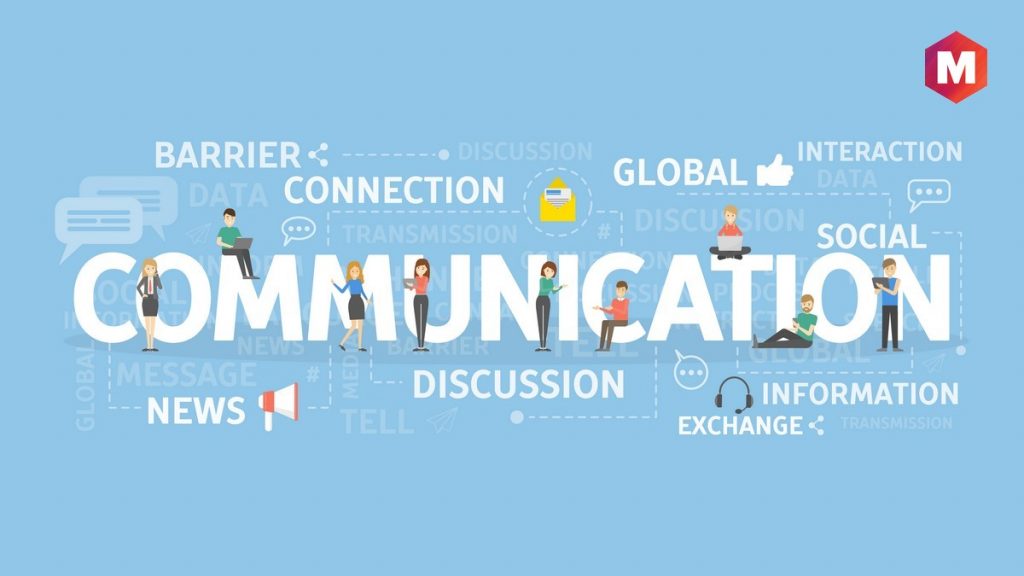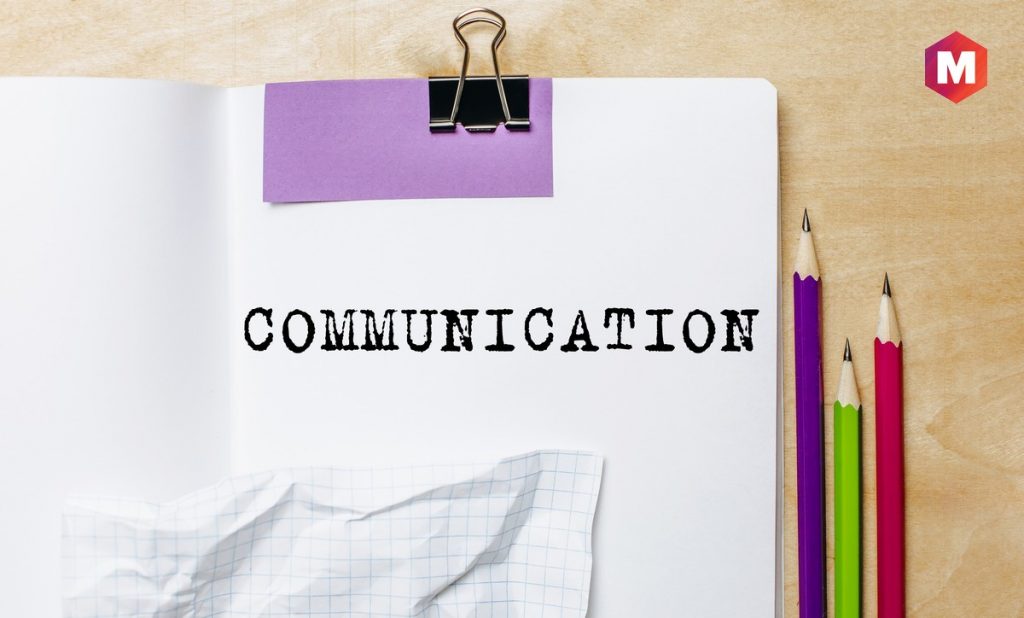A communication strategy is a plan through which a company can achieve the communication objectives. It constitutes different elements such as setting the goals of communicating, selecting a target market, and then formulating a plan. Communication strategy empowers an organization to have a scheme of planning for sharing information effectively.
Table of Contents
What is a Communication strategy?
Definition: Communication strategy is defined as a guide that helps a company to transform its product or service into a brand by meeting communication objectives to accomplish business objectives.
Your communication strategy helps a business to define the communication objectives, audience and articulate the brand messages to the customers or team members. The benefits of having a communication strategy help a company to save a lot of time and money. A business can formulate smarter decisions by having communication strategies.
Importance of Communications Strategy
Looking to enhance your communication strategy?
Quick Tip: Clearly define your key messages to ensure consistency across all communication channels. This helps build brand recognition and trust among your target audience.
Quick Tip: Regularly gather feedback from your audience to understand how your messages are being received. Use this feedback to refine and improve your communication strategy.
Communication strategy provides a plan to the company to approach the customers in the desired manner. When a company lacks this communication strategy, it fails to connect properly with the customers and achieve its desired objectives.
A company should know that developing a communication strategy is not a waste of time. It helps the company to convey the brand message to the public.
For developing an effective workplace communication strategy, it is crucial to consider branding and the internet. Here, branding will give an idea about the brand’s mission and vision. At the same time, the internet will help to have a modern strategy.
The Difference Between Internal and External Communication Strategy
The difference between internal and external communications strategy in an organization is that internal communications are more about the employees and their work, while external communications are more about clients and customers.
Internal communications are used to inform employees of changes in the company, new products or services, information about their roles in the company, employee engagement, and other important issues. External communications are used to convey information to clients and customers, such as new product or service offerings, promotions, sales events or campaigns, and other relevant news.
Organizations need both internal and external communication strategies because they serve different purposes: internal communication helps employees understand their role within the organization while external communication helps clients understand what your organization has to offer them.
Types of Marketing Communications Strategy
Apart from the components of communication strategy, there are three types of communication strategy that an organization may implement to connect and communicate with audiences, key stakeholders, etc. Let us have a look at those three types here and now-
1. Visual Strategy
In the visual communication strategy, a company uses web pages and pictorial interpretations to communicate with other people. This strategy is generally used in providing documentation or to create various presentations at the workplace.
2. Verbal Strategy
In this type of communication strategy, a company may use oral communication or written communication. The written strategy can be email e mail, fax, and chat. In comparison, oral communication can be phone calls and face-to-face meetings.
3. Non-verbal Strategy
Non-verbal communication strategy includes facial expressions, body language, or voice tone sorts of elements to optimize the conversation around the brand’s message, product or service.
These three types of strategies are used by businesses for communicating and managing their key messages, strengths, and weaknesses to accomplish business goals.
How to ensure Success for Communications Strategy
There are different steps, you need to know to support you to make an effective communication strategy. Let us go through some of those steps right away-
1. Know Your Business Objectives
Making your communication strategy begins by assessing the current situation of your business. Some of the common business objectives are-
- Profitability and Productivity
- Good customer service
- Employee retention
- Protection of core values
- Growth and change management
- Marketing
2. Find out your Communication Objectives
The first and most crucial component of communication strategy is to understand and set the goals for this process. Goals are the desired outcomes or results that a company or organization wants to achieve.
So, here communication goals mean the results which a company desires from its communication strategy. The goals should be measurable and are not time-bounded. The goals don’t need to specify how those have to be achieved. Different communication objectives of a business can be-
- rating brand awareness
- Building brand loyalty
- Stimulating a want or desire
- Imparting knowledge, etc
For instance, a company can set a goal of generating demand for the product, and in the first six months, it should be 29000 units. This is how a company can set communication goals. Here, the goal is measurable as well.
3. Analyze the Current Situation of your Business
The next step revolves around the analysis of the current situation of your business and critical information concerning its activities, products, focus, functions, etc. You can use some specific tools for analyzing your business situations and developing a communication strategy for the future of your business.
For this, you should do a SWOT analysis that will help you analyze the strengths, weaknesses, opportunities, and threats of your business. You need to do PEST analysis as well which will help you analyze the Political, Economic, Social, and Technological factors of your business.
This will help you find out the positives and negatives of your business, so you can enhance the positives and sort out negatives to optimize the favorable opportunities.
4. Research Your Competitors
To make a result-driven communication strategy, you should research ] what your competitors are doing. It will not only help you in making your own strategy and USP but also safeguard you from making those mistakes that your competitors have done.
You will find out how your competitors used their communication strategy to establish a position in the market. You should also analyze their customer experience, pricing, branding related strategies to optimize the communication of your employees with the target audience.
5. Find your Target Audience
Target audience means the group of people to whom a company wants to communicate its strategy. While formulating a communication strategy, a company must know that to whom they are targeting.
If the communication strategy is for internal communication, then the target audience can be the stakeholders of a project. While for marketing communication, it can be the customers, media, a segment of customers, or target market.
For instance, a target audience for a company can be its loyal customers. A company can specify that these loyal customers constitute the members who have a loyalty card, social media subscribers, or sales contacts.
To find your target audience for making a successful messaging and communication strategy, key points you need to pay attention to are-
- Making a list of individuals you want to sell your product to
- Ranking your audience to see who in it is the most important target for your strategy
- Doing audience segmentation
6. Determine consumer insights and make a communication plan
The next thing that should do is conducting consumer insight research for making your communication plan. This will help you understand why your target audiences make a purchase. It will help you design your marketing strategy more specifically for your audience.
For this, you may try a survey or focus group to find insights about your customers. Accordingly, you should make your communication plan. It will provide you an outline about you will achieve the communication goals.
You will now be aware of the time frame by when you should accomplish your goals. For instance, to run an ad campaign for product awareness, a communication plan can be a product manager connecting with potential as well as loyal customers in one month.
7. Identify the Relevant Communication Channels
The next step in this strategy is the communication channels. Communication channels are the channels through which the strategy will be implemented.
You should finalize which communication channels will best reach your audience. You can use different communications channels, as per your specific requirements and some of the channels for you can be-
- Interpersonal
- Community-based
- Mass media
- Digital and social media
After finalizing channels, you need to outline different activities that will help you accomplish your communication objectives. Then, you need to make an implementation plan as per the who, what, when, and how much of the communication plan.
Accordingly, organizations should make a spending plan or budget for the communication strategy. And, for ensuring sustainable growth and long-term success of your communication strategy, you may include should develop a monitoring and evaluation plan.
How to Write Communication Strategies?
Writing effective communication strategies is one of the most important things you can do for your organization. It’s what gives you the roadmap to follow, so that your communications are consistent and make sense.
A good way to start writing a communication strategy template is by defining what you want it to accomplish. Do you want to increase engagement with your customers? Do you want to improve your brand image? Or do you just want to be able to tell people what your company does? Once you’ve got this down, then it’s time to think about how you’re going to communicate it.
Your next step will be figuring out who will be reading or hearing about this information. Is this information only for communications professionals or other insiders? Or is it for clients and customers? The answer will determine how much detail needs to go into each part of the strategy.
For example, if it’s only for employees, then there won’t be any need for a section on advertising campaigns—there will just be information about what kind of content should be shared on social media channels like LinkedIn and Twitter instead!
Conclusion
Your communication efforts plays an integral part in your content strategy that may include the effective management of any media you own or produce.
After being aware of your audiences, their issues, and deciding the right channels, you should come up with the content ideas for an effective communication strategy to make your content unique, effective, and engaging.
Your communication strategy has to be associated with the idea and plan of reaching your audience, grabbing their attention, and converting them for your product or service.
How effective do you find communication strategies for converting target audiences and optimizing brand growth? Share your opinion with us in the comment section below.
Liked this post? Check out the complete series on Communication


